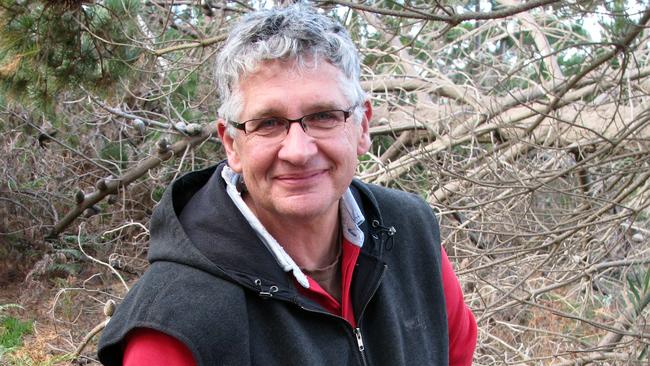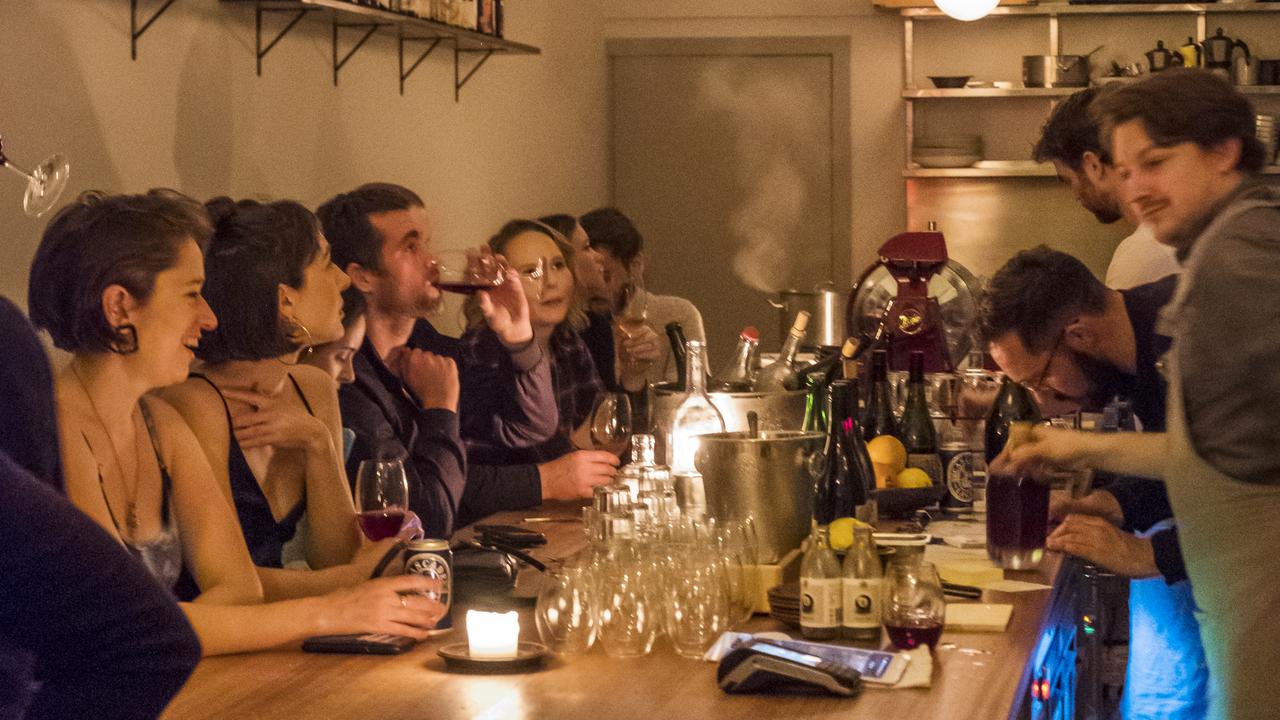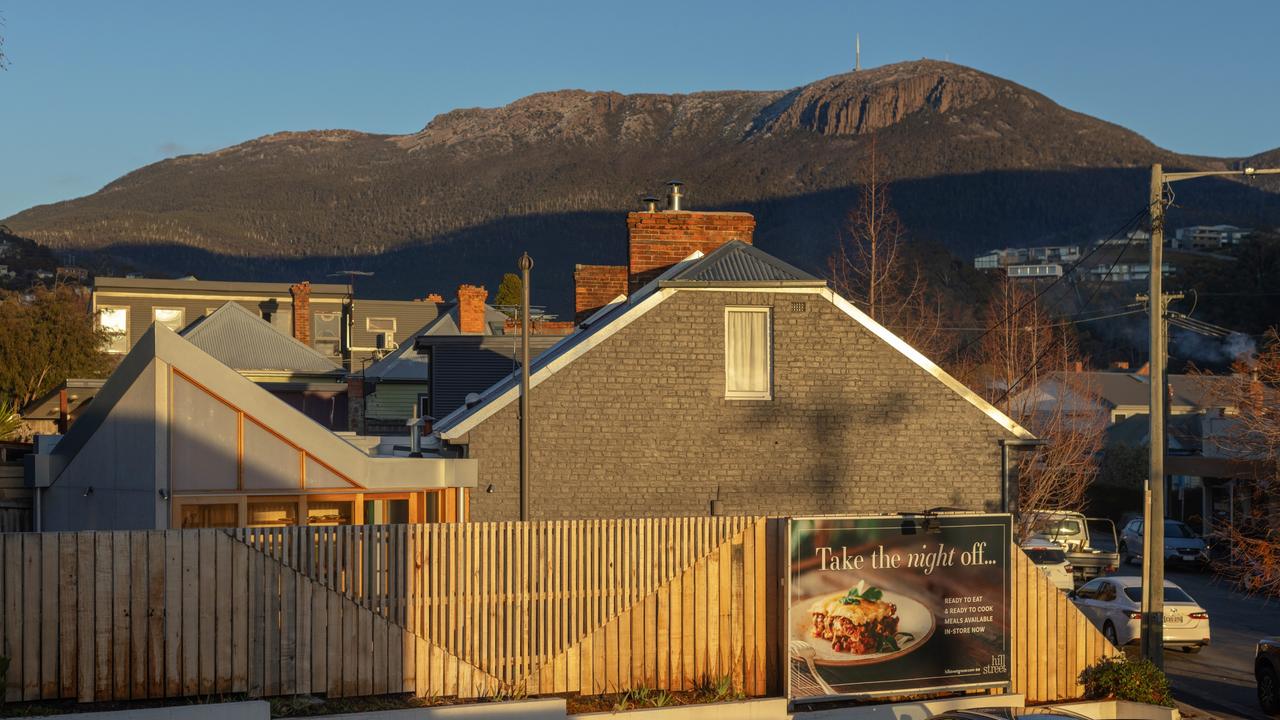Slip into flavour with wild mushrooms
MIC Giuliani’s recipe could not simpler — gnocchi cooked in garlic-flavoured oil with mushroom dust mixed through and parmesan grated on top.

Food and Wine
Don't miss out on the headlines from Food and Wine. Followed categories will be added to My News.
MIC Giuliani’s recipe could not simpler — gnocchi cooked in garlic-flavoured oil with mushroom dust mixed through and parmesan grated on top.
He estimates that for the five days of this year’s Dark MOFO Winter Feast (June 17-21) he will need 10kg of mushroom dust, but first catch your mushrooms.
These are not your button, nor even honey brown mushrooms, but slippery jacks — the kind you find only in the wild, only in pine forests, and only at a certain time of year.
Fortunately, that time of year is autumn and this year the season started early — very soon after Christmas. That is a good thing, because into every kilo of mushroom dust goes 10kg of mushrooms.
Mic has a day job that keeps him busy four days a week, and a Sunday spot at the Farm Gate Market, selling such things as lamb ribs cooked sous vide with rosemary and garlic at a low temperature for 36 hours. He cryovacs them, so they are ready at any time for you to crisp up in the oven. Truly finger-licking good.
The hunt for slippery jacks is not easy, but Mic was taught what to look for by his Italian grandfather.
“If you didn’t know what you were doing you would not eat them; they are so ugly and slippery,” Mic says.
Often the only hint that a slippery jack is there is a slight eruptions in the pine needles.
They are a nondescript colour with only the sheen of their slippery caps giving them away.
Mic says the first year he looked for slippery jacks he found 50kg in half an hour.That has not the case this season, and there is much more competition now. A ring of a dozen neatly sliced stalks shows we are not the earliest hunters in this neck of the woods.
At home in Carlton Beach, Mic picks off the needles still clinging to the slimy caps. They are dehydrated, then pulverised. Vacuum packed, the powder will keep a long time.
There is also to come the small matter of making 150kg of dutch cream gnocchi for the feast.
At the end of our search, Mic lights up a gas burner and sautes some of his gnocchi, stirs through some mushroom dust prepared earlier and grates the
parmesan on top. It is a preview of the feast — all the better so soon after the thrill of the chase.
Storied careers
There are 41 stories about Tasmanian food people in Helen Hayward’s For the Love of Good Food (Explore Australia RRP $49.95) — and still so many notables who could have been there.
There are readily recognisable names such as Gourmet Farmer Matthew Evans and Luke Burgess, lately of Garagistes, but also those lesser known such as heritage sheep breeder Steven French and FIMBY (Food in My Backyard) founder Christina Giudici.
Helen unearths new material by going right back to the beginning of their stories for early food memories and influences. Who knew that A Table in the Orchard author Michelle Crawford and Paulette Whitney, of Provenance Growers, started out as hairdressers, or that Dark MOFO Winter Feast curator Jo Cook discovered a love of cooking as child making desserts for a grumpy neighbour.
And from each person there is one recipe — often what they cook when they are alone, or something fitting such as honey cream from apiarist Yves Ginat, and fish and chips from fisherman to star chef Mark Eather. A buffet of stories to keep returning to.
Top chef
Entry in the Tasmanian Chef of the Year competition is open until June 5.
Entrants need to be qualified cooks or chefs who have worked for at least six months.
Competitions will be held in Devonport, Launceston and, on June 22, Hobart.


